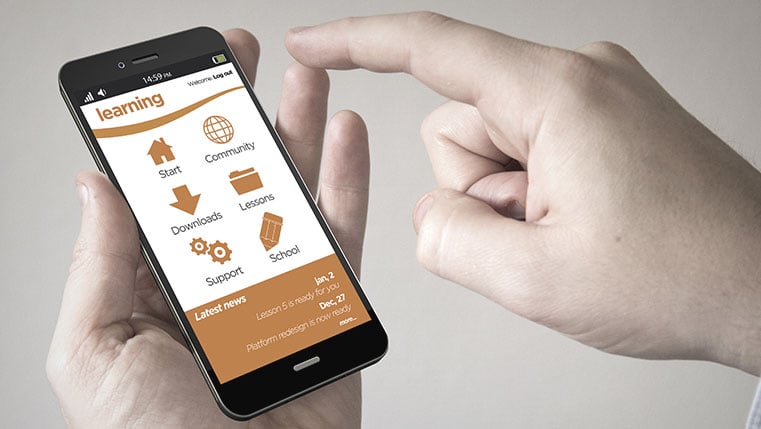Use Games in Your Digital Learning Program to Win the Goal of Engaging Employees

Playing any game requires a deep understanding of the situation the game is based on. Players take a note of the surroundings, understand their objective, and use inputs through a controller or interface to progress. Doing all this in a virtual environment requires a considerable amount of skill. Be it hand-eye coordination, reflexes, memory associations, logic and reasoning, the application of all these skills is required to complete a game. That’s why digital training courses started incorporating games for organizational learning.
Game-based content integrates games into the learning process to help teach a specific skill or achieve a learning objective in an engaging way. Like any game in general, game-based content too has goals and rules that become ‘challenges’ for the learner to overcome. The inherent desire to “win”, keeps the learner engaged and invested in the topic at hand.
Conventional methods of learning just present information to your employees. No matter how elaborately it is conveyed, it ultimately depends on the learner to grasp. Unlike any other form of digital learning content, games actively involve your employees in the learning process. Games also make the learning process quite fun as opposed to reading plain text or viewing an infographic. Here are some advantages game-based content has when it comes to engaging your employees:
Immersive Learning
Game-based learning content requires users to do something in order to progress with the curriculum. Be it clearing levels, acquiring badges, or advancing, learners need to act in order to move forward. By making learners “do something” to learn, games create an immersive experience. When learners are required to think and apply knowledge to complete every single task, they remain motivated throughout the course. This boosts participation rates and greatly assists in knowledge retention.
Busts Stress
Who doesn’t enjoy a shoot ‘em or a high intensity racing game after a long day at work. Through a combination of graphics, sound effects and gameplay, games keep employees entertained. This makes learning a fun activity. The real beauty about using games for learning is that along with sound and graphics, the subject matter is cleverly woven into the game so that learners assimilate it without stress.
When the attention of your employees is captivated by such immersive multimedia elements, they tend to forget the stress usually associated with learning. That’s why games are better integrated with the lives of your employees as they can practically play anywhere and still learn.
Offer Hands-on Experience
At its core, game-based content is an emulation of real situations, which progresses based on your correct input. This means employees get a near-realistic rendition of their actual work environment. Learners get the unique advantage of practicing a particular topic or skill until they achieve perfection. When learners don’t succeed at the task at hand, the game gives them immediate feedback. This instantly shows them the real-world implication if the task goes wrong, which in turn helps them gauge the seriousness of the situation.
The best part about learning through games is that learners can simply reset the game and go right back to performing the same task again, only this time they are armed with the of awareness about the consequences. For e.g., employees can easily play a game related to their ERP software, and just reset it when they are ‘defeated’ at some point.
Engage the Millennial Workforce
When creating digital learning content, you should always keep in mind your target audience. Instructional design methods suitable for one group might fall flat for another one. Considering millennial employees are increasingly becoming a part of any organization, you must include more of game-based content in your courses. This generation of learners is raised on technology, surrounded by information, and rarely has the time to sit through a passive learning methodology. Game-based content can be easily accessed through smartphones or tablets, which is ideal for a generation that can’t live a day without their gadgets. Owing to this, your young employees get the flexibility to learn anywhere and anytime without getting distracted by other forms of multimedia.
So, if you want to take your digital learning program to the next level and keep your learners engaged throughout, game-based content is the place to start at. Just make sure you hire an experienced e-learning vendor who can guide you through the entire process and create great learning assets for your organization.





